Luxury Goods are undergoing deep changes in their marketing and communication, especially, in the physical retail side of it. The new technologies in digital/social media and the drastic change in customer expectations in the new mobile/social era are a major source of this development. Yet the physical store remains a crucial communication vector for luxury brands.
Brand Manufacturers, Distributors and Retailers alike, ought to fundamentally alter the way they currently do business. Their business models needs to be reexamined.
In general, e-commerce is not the primary threat to physical retail. Doug Stephens, 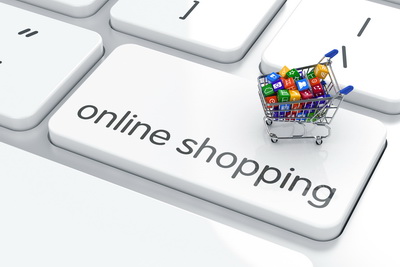 retail futurist, states how shopping should turn into an enriching immersive experience. The new retail ecosystem demands authenticity, excitement and experimentation.
retail futurist, states how shopping should turn into an enriching immersive experience. The new retail ecosystem demands authenticity, excitement and experimentation.
Today’s customer seeks authentic relationships with brands that involve active participation. Immersive experiences that fuel their imagination and creativity. The physical retail store and mall, lend themselves perfectly in unfolding these kinds of experiences. As such, physical stores remain a crucial touch point and a unique differentiator in itself, even more so, for Luxury Goods.
It is not e-commerce that will replace Luxury Goods retail but contextual customer experience & engagement, leveraging on technology. Return on customer attention, return on customer relationship and return on customer experience, are the new metrics which will define, retail success.
Unless what constitutes the Luxury Experience today is deeply understood, while marketing and sales methods are adapted to the present and near future realities, the retail of Luxury Goods will suffer.
At this point it is useful to go back in time.
What is a Luxury Good?
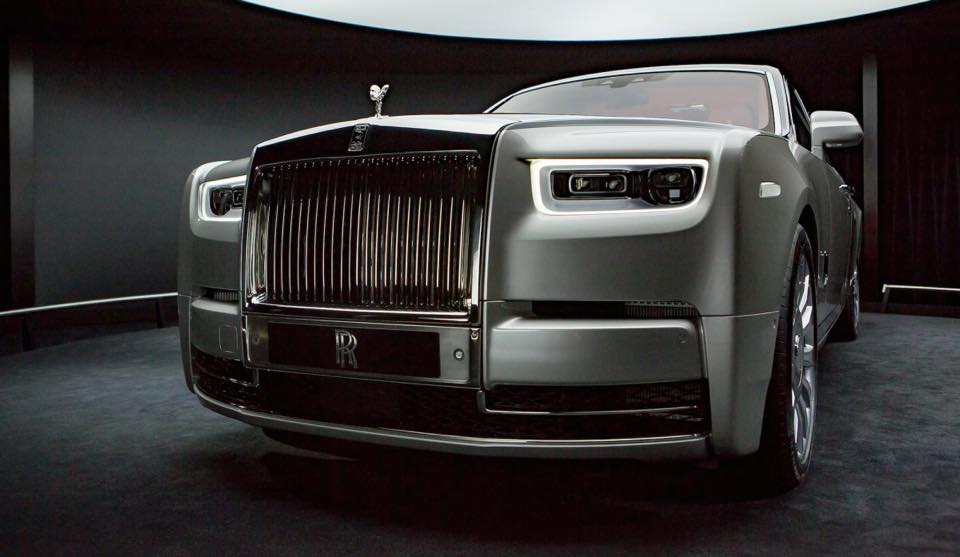 It started by being a product of very good quality and therefore expensive. Being expensive, very few could afford, hence exclusive. Taking from the owner -not bestowing to its owner- the mark of being special. A paradigm bringing together craftsmen in art & science with connoisseurs.
It started by being a product of very good quality and therefore expensive. Being expensive, very few could afford, hence exclusive. Taking from the owner -not bestowing to its owner- the mark of being special. A paradigm bringing together craftsmen in art & science with connoisseurs.
That has changed today. The reason is that when a maker of very good saddles extended today into selling everything, from silk ties to the inside design of helicopters, the Luxury Good concept, needed a much broader clientele than the initial few horse owners that could afford first class saddles.
Two things must be noted:
– Quality is much easier to achieve today.
– The cost of producing quality goods is significantly lower.
The volume of Luxury Goods Customers has increased tremendously not because wealth is so much more spread but rather because Luxury Goods are affordable to a much bigger slice of the population that wishes to be identified as belonging to a “special” class.
The Luxury Goods of today are addressed to the semi-affluent Customer and even below. As it happens, today Luxury Goods are neither the prerogative of the upper class nor they define it anymore.
A corollary of that is that, the myth of Luxury must be maintained, not by assigning more resources to quality of production, but in building context and content to the ownership experience.
The ownership experience begins by desire.
Once the desire is boosted by storytelling, embedded with intelligent and targeted communication at the point of sale, the “moment of truth” is the retail experience and the ensuing emotional reward. This “moment of truth” needs to be redefined, if Luxury Goods are to survive the double onslaught from e-commerce and the changing nature of the Customer.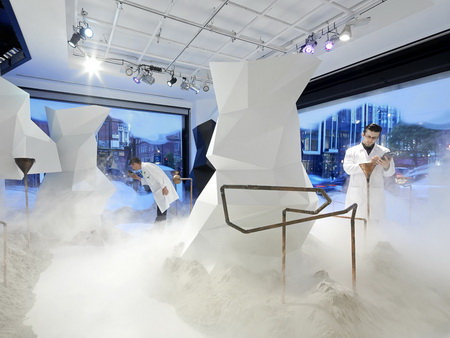
Let’s concentrate in the brick and mortar Luxury Goods retail.
E-commerce, depends on customer habits and the geographical area. For example, at present in MENA e-commerce represents only 3% of B2C Business. At this point e-commerce is not a major Luxury Goods threat.
The first thing to observe in addressing the retail experience, is the rising cost of retail.
This is due mainly to two factors:
– The cost of rent of a Luxury Goods physical store.
– The diminishing volume of business generated in each Luxury Goods retail store.
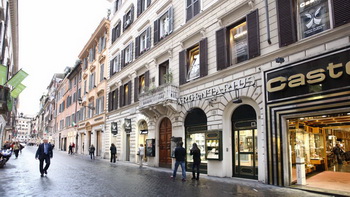 When Luxury Goods retailing started, the retail shops were concentrated in specific areas in the Cities and just to walk those streets was and is a Luxury Experience in itself, like for example the Rue du Faubourg St. Honore, in Paris.
When Luxury Goods retailing started, the retail shops were concentrated in specific areas in the Cities and just to walk those streets was and is a Luxury Experience in itself, like for example the Rue du Faubourg St. Honore, in Paris.
- This experience is diluted now because of the proliferation of Luxury Goods shops in most Malls.
- Although the Malls in the USA and Europe are undergoing a crisis like all retail shops, in other areas, as for example in MENA Countries, Malls are the center of retail, due to weather, family habits and other reasons.
Malls, being the center of retail, are exploiting their advantage by charging high rents. At the same time the increase of Malls, in certain regions, leads to the increase of Luxury Goods shops in those malls, without proportional increase to the number of customers. The result is twofold negative:
- The direct, observable one, is the increase of cost per item sold due to a lesser volume of business per retail shop.
- The indirect, initially unnoticeable one, is the “banalization” of the merchandise by finding shops selling Luxury Goods in almost as big numbers as Supermarkets.
Customer wise, there are the proto-consumers that started to buy Luxury Goods because they can just afford them and it is, for them, a sign of class. This is particularly noticed in Asia and the ex-Soviet Union, where the emerging middle and upper middle class had a rapid increase in income. In addition, there are also the sophisticated consumers that have already satisfied their need to own Luxury Goods. Both groups, irrespective of their background, are seeking the immensely gratifying, Luxury Experience.
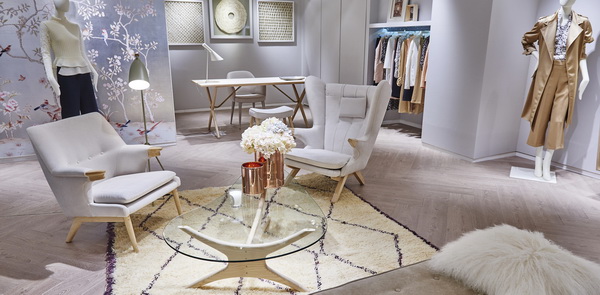 The Luxury Experience cannot be satisfied just by the expensive furnishings and the servility of the shop assistants of a Luxury retail shop. There is a clear need for the recreation of this special feeling that goes with the Luxury Experience.
The Luxury Experience cannot be satisfied just by the expensive furnishings and the servility of the shop assistants of a Luxury retail shop. There is a clear need for the recreation of this special feeling that goes with the Luxury Experience.
In the words of Doug Stephens
“… the role and purpose of retail space will no longer be principally to sell products. Rather, these spaces will act as living, breathing physical portals into brand and product experiences. They will become places we go to learn, be inspired, see and try new things, experiment and co-create. Beyond mere consumption, we’ll go to these spaces for entertainment, education, connection and community. This is not to suggest that there will be no products for sale in these physical spaces, only that the emphasis will not be sales but rather on catalyzing a relationship with the consumer that transcends the store….. stop thinking “stores” and start thinking stories”.
The above is so much more significant when we address Luxury Goods.
This formulaic collection of retail stores in a mall where Luxury stores, are “forced” to coexist with non-luxury ones, further dilutes the Luxury Goods Unique Proposition & Experience
The Customer must feel the Luxury Experience all around, prior to entering the shop.
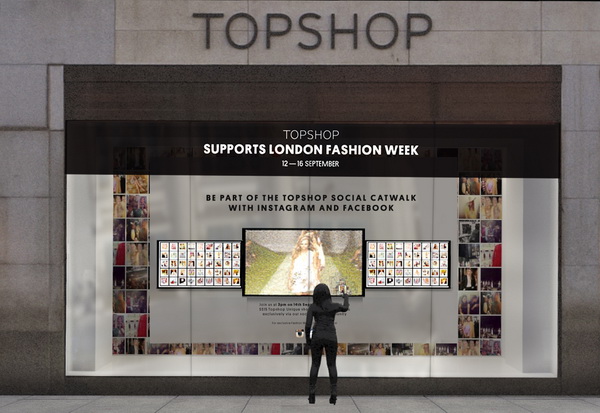 Disneyland is good example to understand what, generally, a great commercial experience is.
Disneyland is good example to understand what, generally, a great commercial experience is.
There are many fun and amusement parks around the World but none is as successful as Disneyland. The fact that Disneyland charges an entry fee, although the Visitor must pay additionally for every experience, prepares the Visitor that something unique is about to happen.
The case of a Luxury Experience must be understood in a new way.
The Luxury retail store must be viewed as a “theater”:
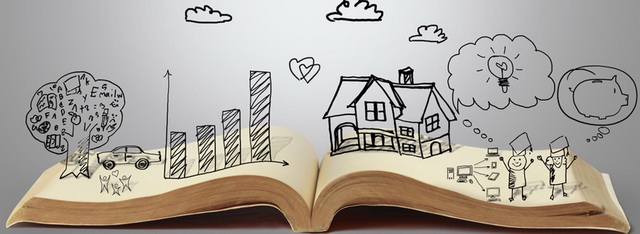 Customers will go to that theater because it has been communicated to them by various channels that there is an exciting play in that theater.
Customers will go to that theater because it has been communicated to them by various channels that there is an exciting play in that theater.- An interesting play is based in an original and attractive story.
- The store is the stage at which the play is performed.
- The product is the principal actor. The salespeople are the supporting actors in the story.
- The actor can only give as good a performance as the story of the play, the direction of the play, the other actors, the props and the recreated scenery and dresses.
Only when all the above is satisfied, the principal actor i.e. the Luxury product will attain its coveted potential. In the same way that a great actor cannot save a bad play, a great product cannot reach the clientele desired, if its presentation has not been designed, orchestrated and communicated in such a way that the Client would find engaging and memorable. Production of the story is everything.
Some examples of unfolding retail stories, a new paradigm:
- The recent announcement by Apple, the Luxury Goods provider in this business sector, of transforming its big flagship stores, in selected cities globally, that are not called stores anymore but “Town Squares”. Apple’s new approach to physical retail is a cross between a store, community center and educational platform. A seamless interaction of products, workshops and events in a communal environment.
- Nordstrom the American chain of luxury department stores announced the opening of a new concept store in October in Los Angeles. The store will not stock clothes. It will have spa services, tailoring, personal stylists and a bar.
- The wine tourism in the great wineries of Cape town in South Africa. The wineries have boutique hotels attached to them and restaurants, where wine workshops, exhibitions, and outdoor events take place, catering to an international clientele, as well as normal weekenders. High end culinary experience, rustic backdrop in the heart of wine country. An unforgettable experience relived every time you get a direct shipment from the winery or purchase from a retail store. The visit sets up an indelible mark for long term cognitive and emotional experience.
One thing is certain, retail as we know it has changed and with it, the retailing of Luxury Goods. Anticipating the future entails, targeting needs-based segments, personalized offerings, clear differentiation of positioning & branding. Turning the current physical store into an experiential platform, showcasing judiciously selected luxury brands, where unique customer experiences will be the most profitable product and where a Luxury Goods retailer only knows how to sell.
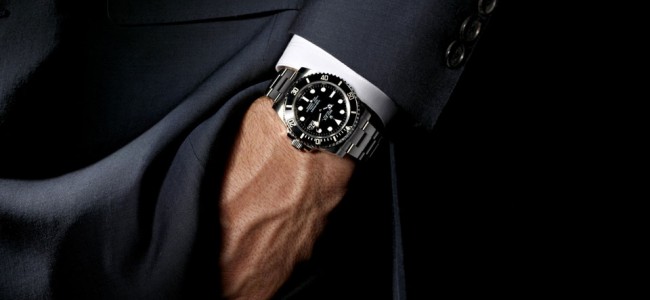 “So, it’s true that retail may not be dead. But therein lies exactly the problem. Until we let go of the old era we can never fully move forward into a bright new age”.
“So, it’s true that retail may not be dead. But therein lies exactly the problem. Until we let go of the old era we can never fully move forward into a bright new age”.
Doug Stephens, retail industry futurist

